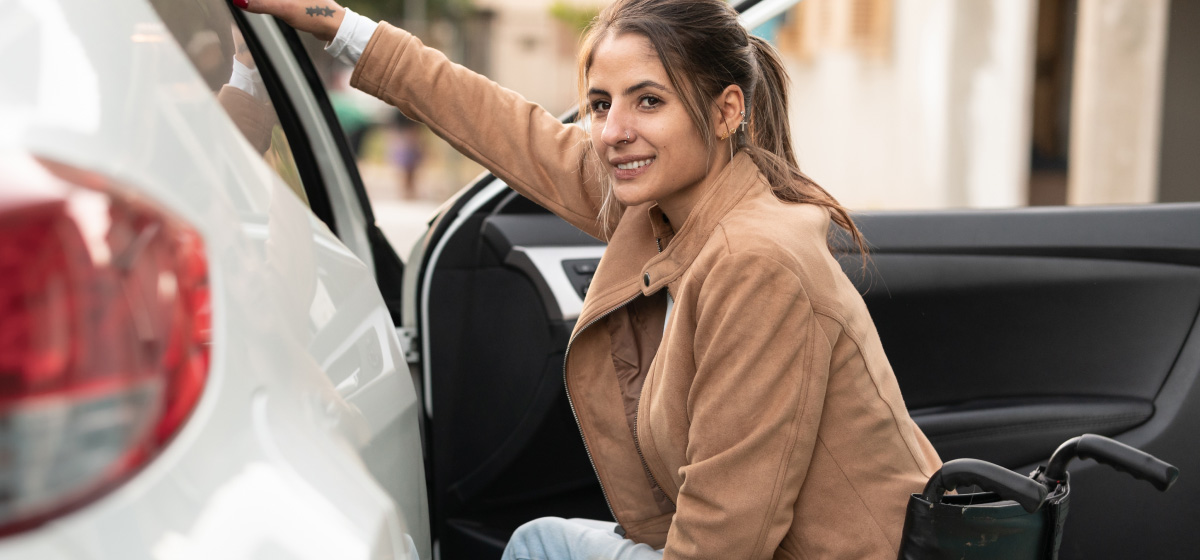Having a disability doesn’t stop you from learning to drive! There are a few things to keep in mind when learning to drive with a disability – most of these will ease your mind. There’s plenty of help out there to make your learning to drive experience as smooth as possible.
1. You may be able to drive from the age of 16
First of all, you may not have to wait as long as you think to get on the road! If you receive higher rate mobility component of DLA (Disability Living Allowance) or the enhanced rate mobility component of PIP, you can apply for a provisional licence three months before your 16th birthday. That being said, Veygo only offer short term cover to people who are 17 up to 75 years old. To find insurance for a 16 year old further research may need to be done, try contacting your Motability provider.
2. Applying for a provisional
When applying for a provisional license, you will be asked to disclose medical conditions that could affect your fitness to drive. If you are unsure whether your condition may affect your fitness to drive, get advice from your doctor or optician. The DVLA may ask you to fill in a medical questionnaire if you have declared a medical condition. You can download these here.
3. Specialised driving instructors
There are driving instructors that specialise in teaching people with disabilities how to drive. While any driving instructor is capable of teaching you to drive, a specialised instructor will be more aware of your needs. You can find out more about the training that they receive, the not-for-profit that funds them, and a list of registered instructors here.
4. You can learn in your Motability car
As you may already know, you can swap your motability allowance for a car that’s tailored to your needs. But did you know that you can also learn to drive in it if you have a provisional license? You don’t even need a separate insurance policy – it is included with your car. Find out more on the Motability website. If you don’t require a mobility car, you can get Learner Driver Insurance to insure yourself on a friend or family member’s car from two hours to 180 days.
5. Taking your theory test
Theory tests are accessible. Candidates with impaired hearing can take the test as a video using sign language. If you have light-sensitive epilepsy, you can take an adapted test. Also, it is possible to receive extra time for the multiple choice questions, if you can provide evidence. You will need to mention any special requirements when you book your test.
6. You can get a grant for driving lessons
You may be eligible for a grant to help fund up to 40 driving lessons, which is only a little bit less than the 44 lessons that the DSA states most people need to pass their test. The charity Motability take applications for driving lesson grants. You can find out more on the Motability website.
Ready to start learning? Veygo offers short-term Learner Driver Insurance from 2 hours to 180 days. You can practice in a friend or family member’s car, safe in the knowledge that you have fully comprehensive cover. With flexible cover options, you only need to pay for the time you need. You can even choose instant cover for last minute lessons! If you ever need to make a claim, the car owner’s insurance policy is safe and so is their No Claims Bonus. It’s a win-win all round.
